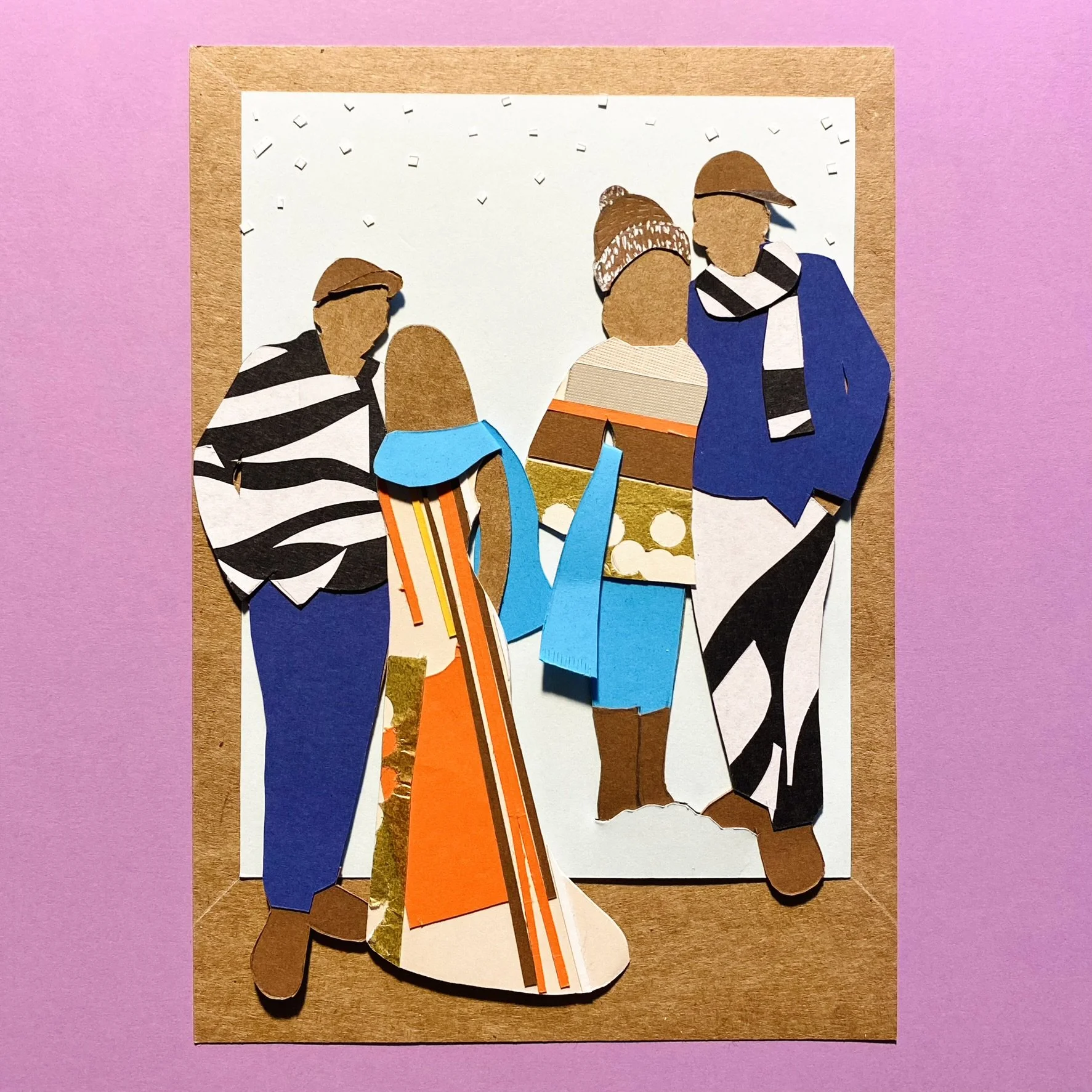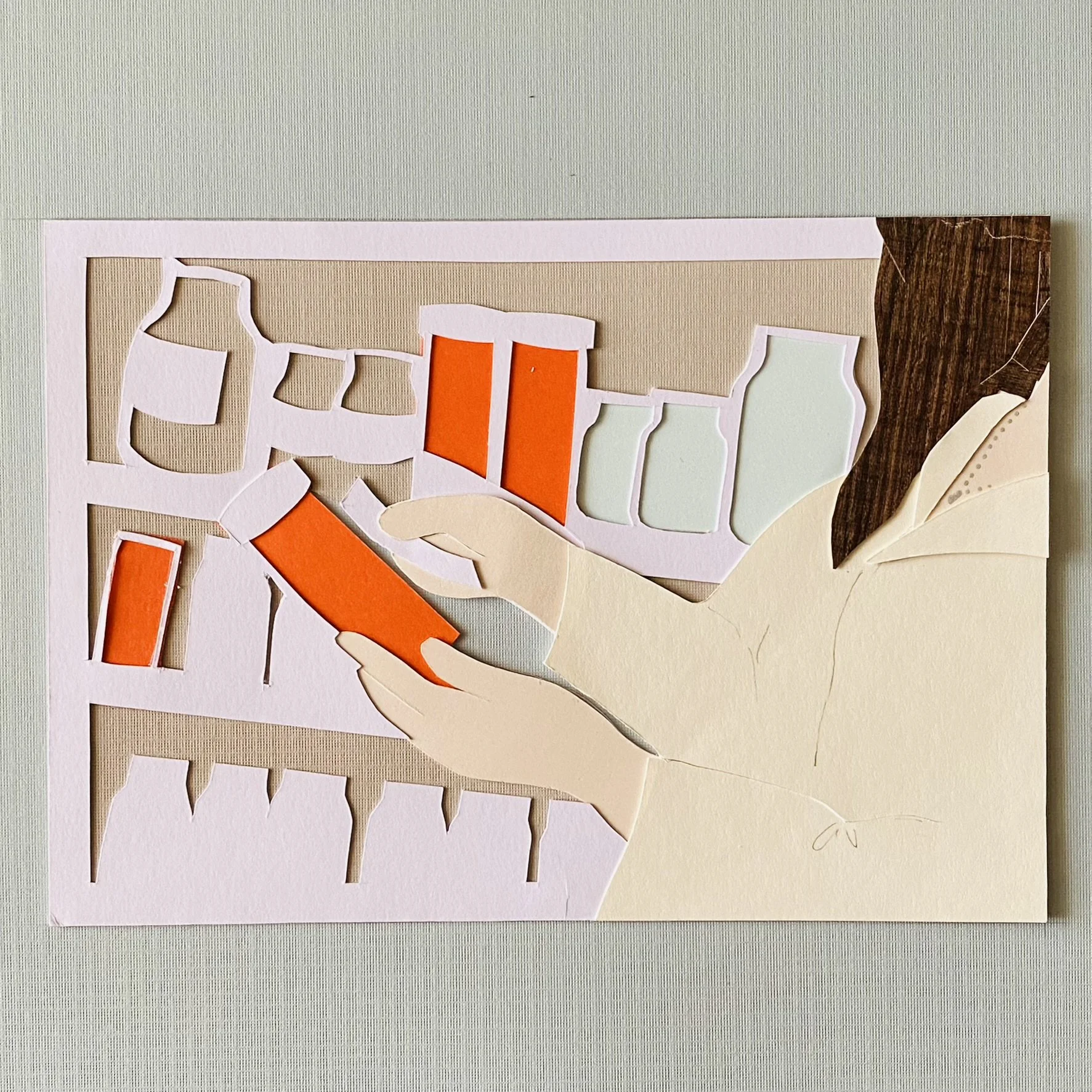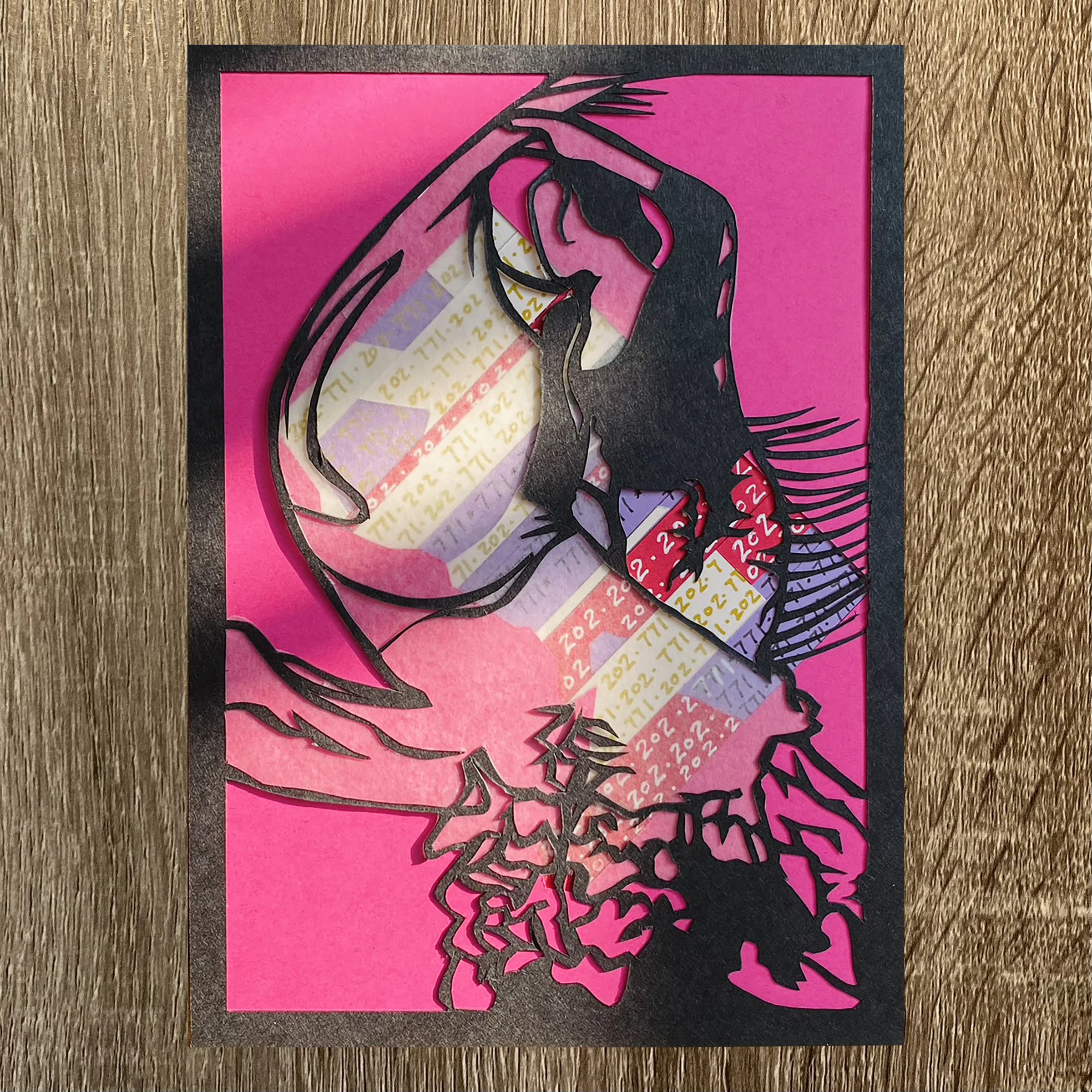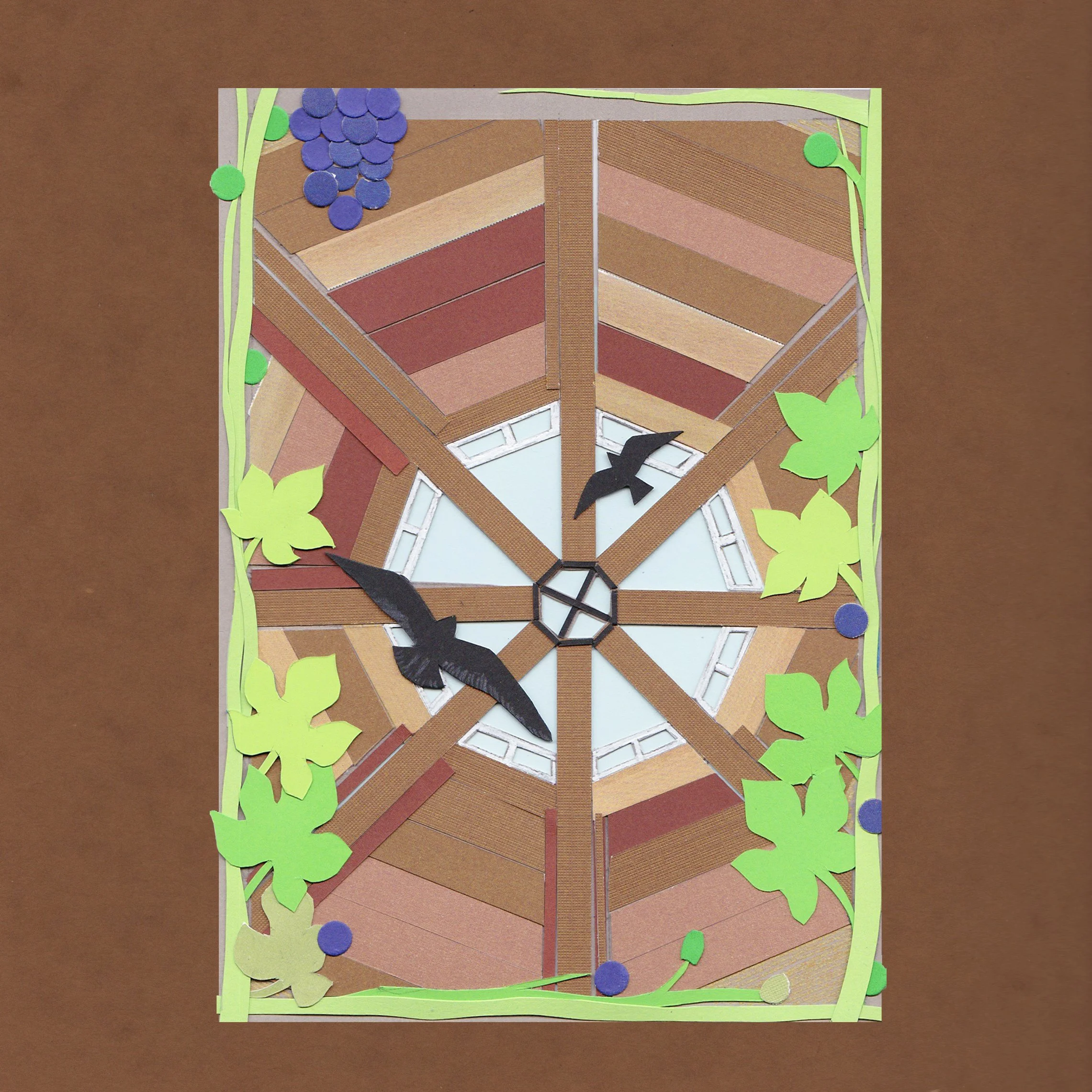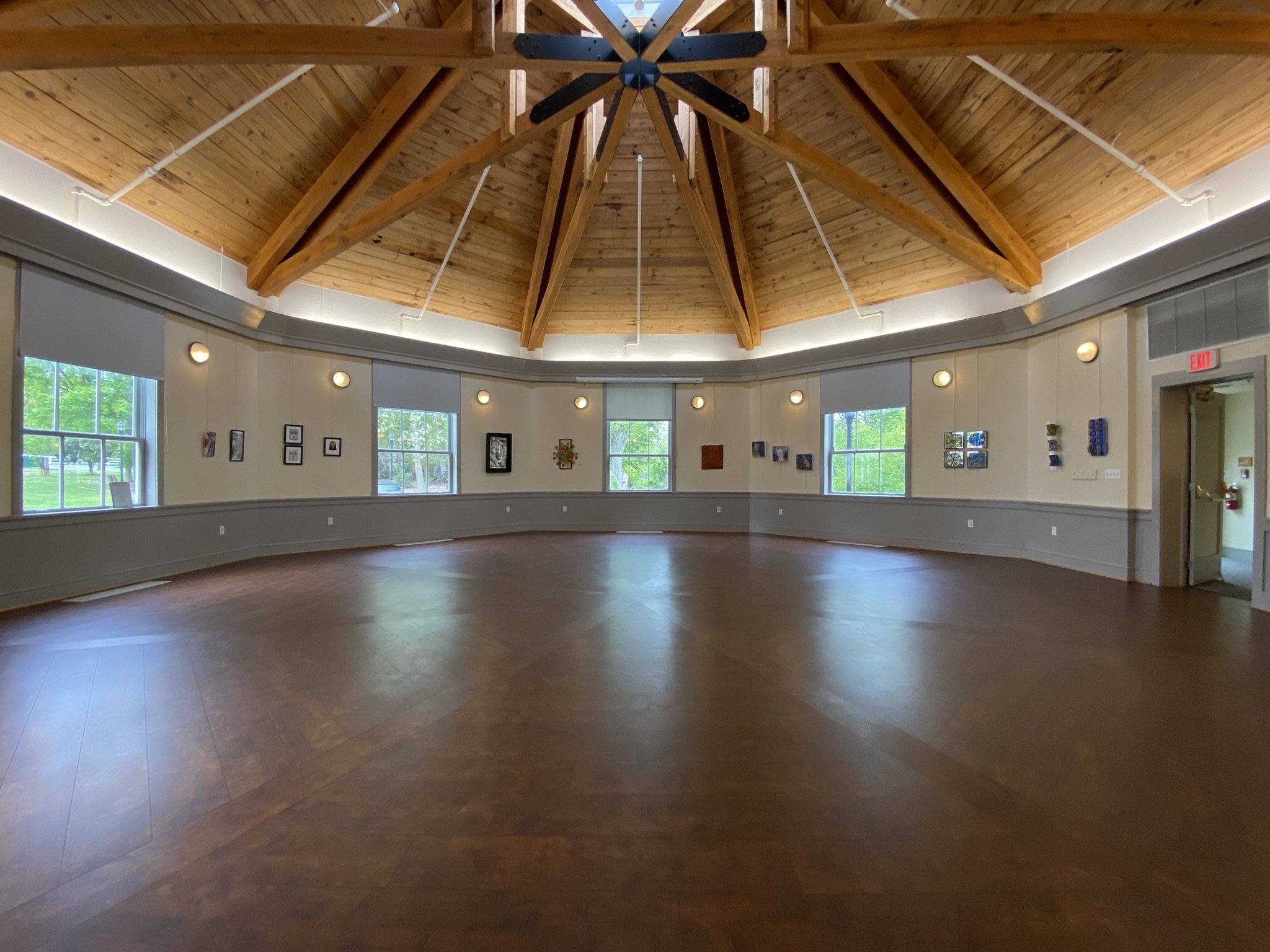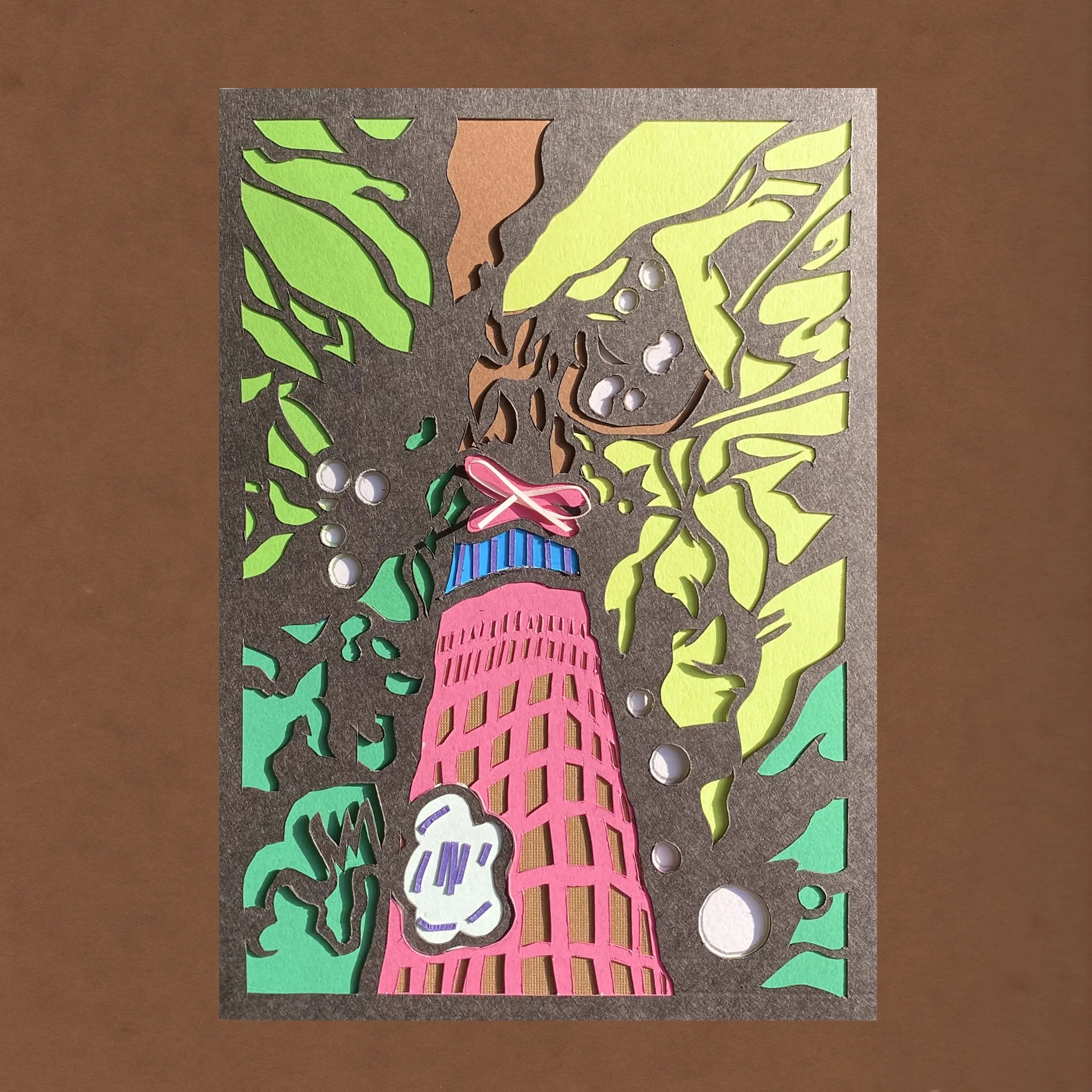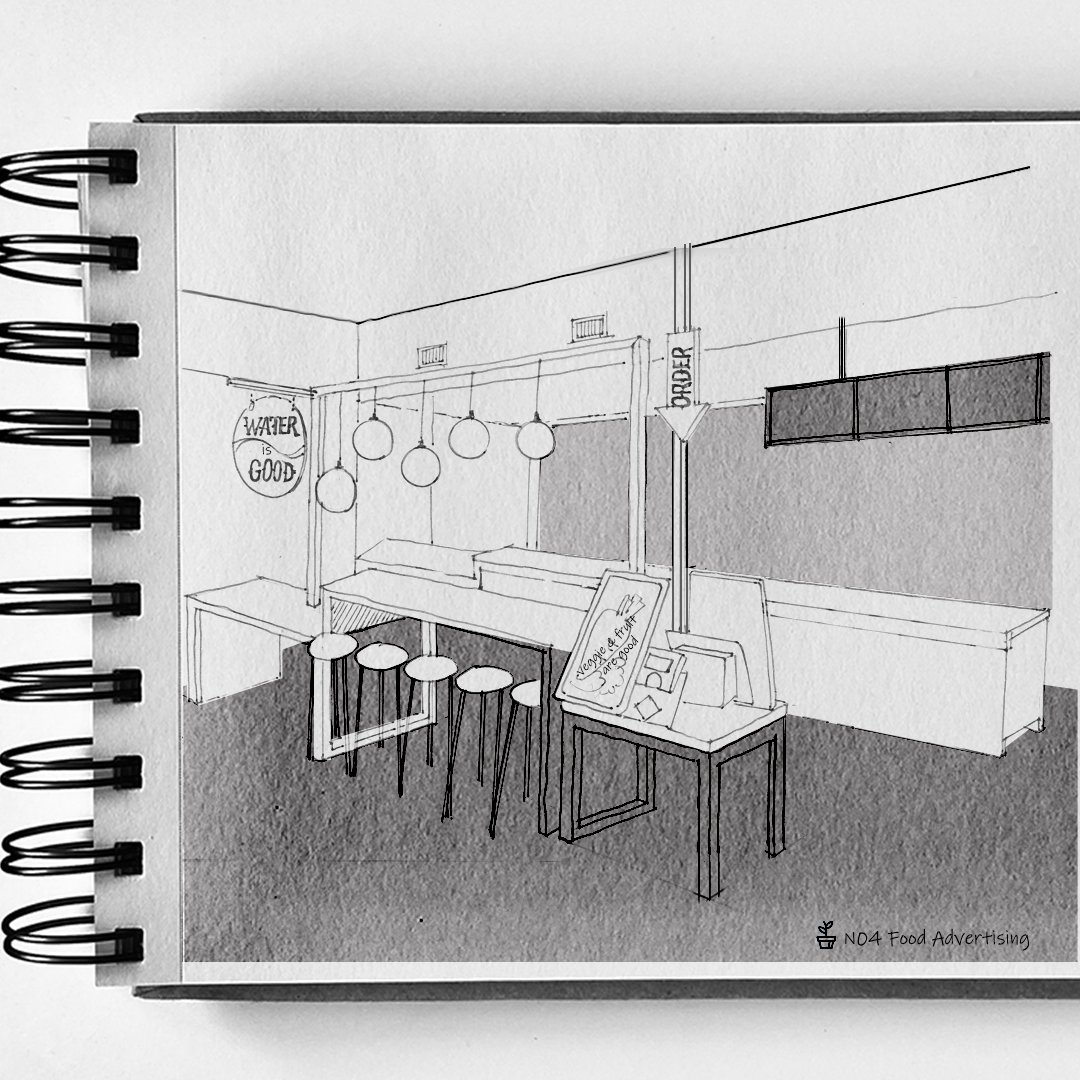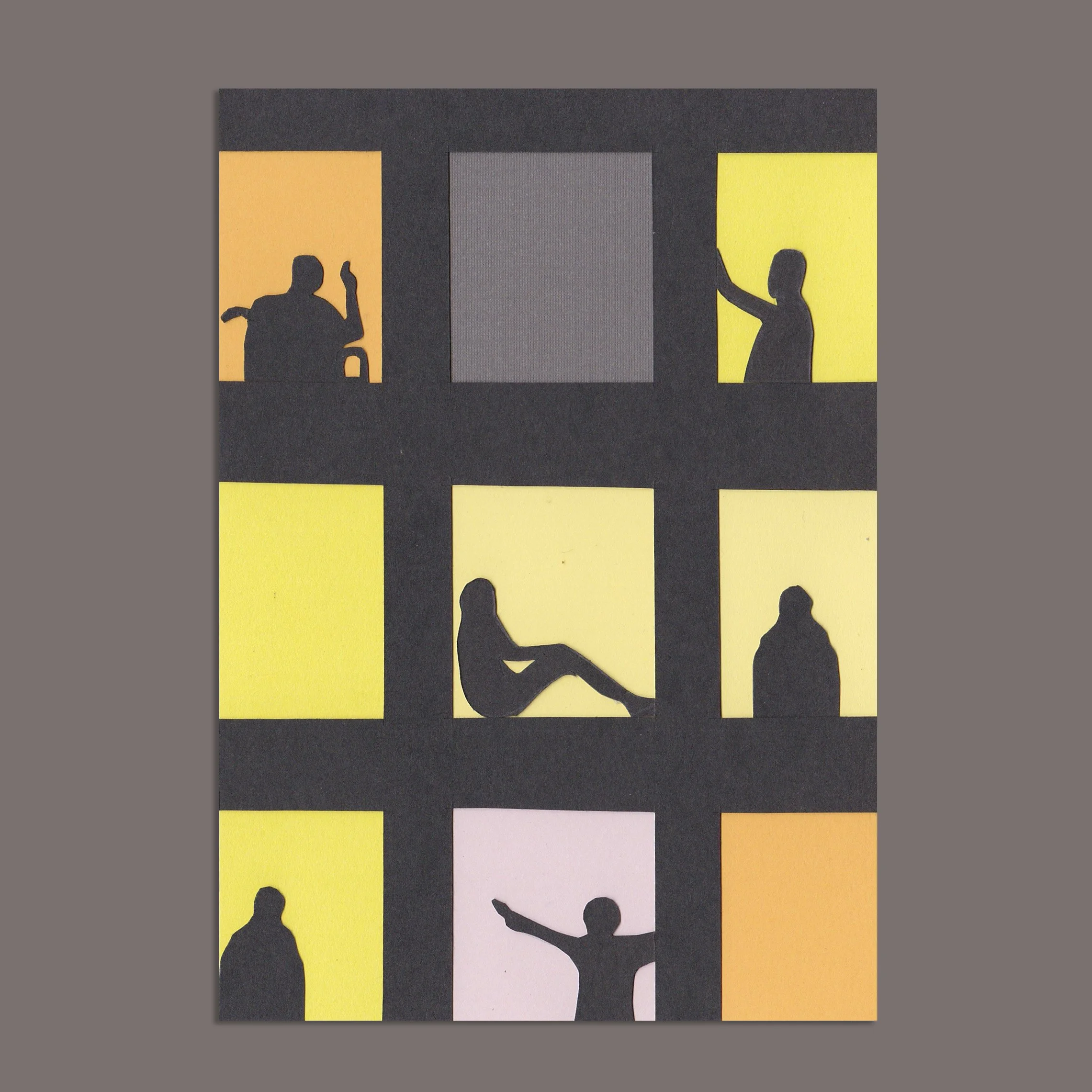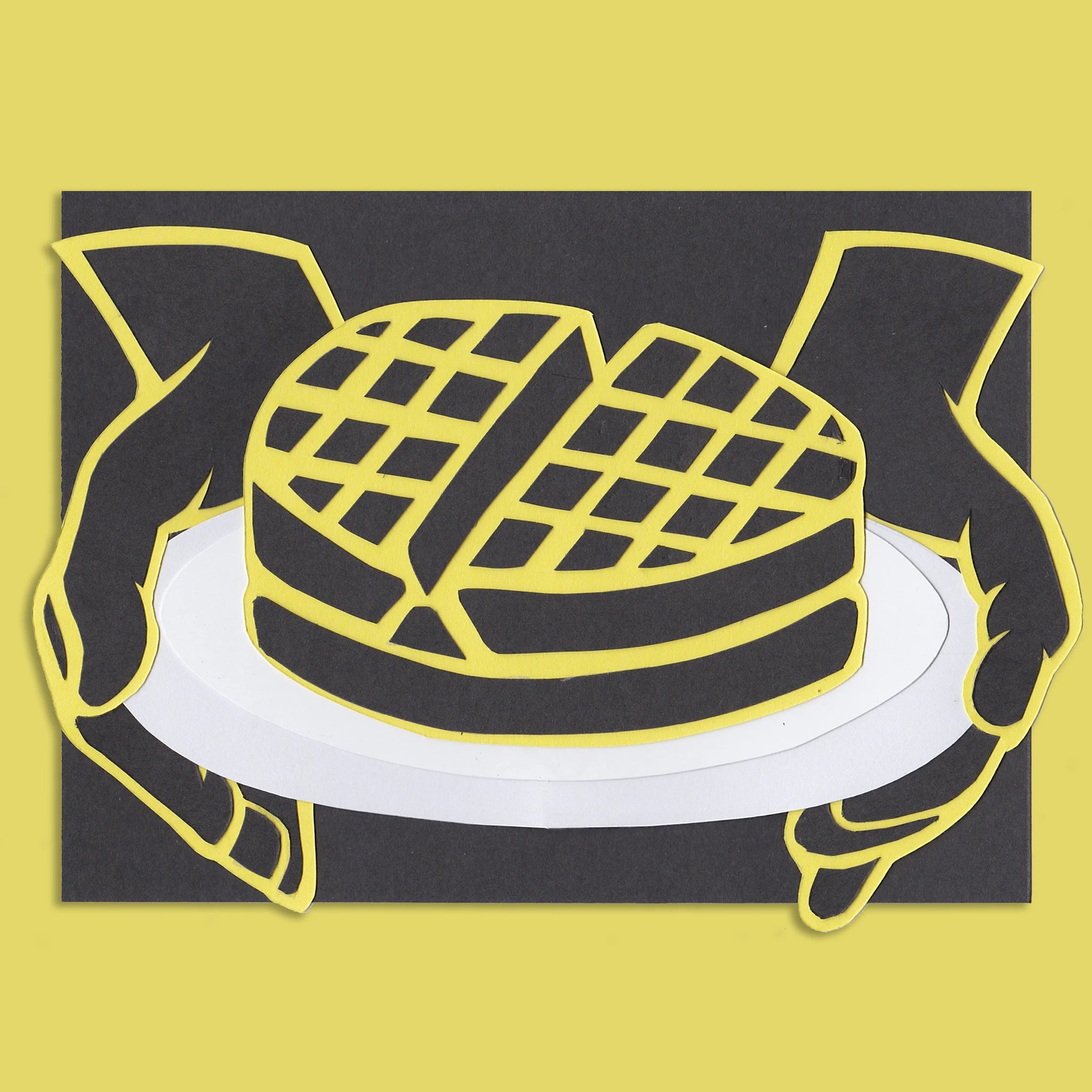January 26th is Clashing Clothes Day. It is an atypical holiday celebrated on the fourth Thursday in January every year. On this bizarre yet fun day, people are encouraged to wear a clashing outfit without the fashion police flashing on their style.
This quirky celebration reminded me of a WELL feature:
“ … flexible dress codes are important, because clothing insulation is also one of the primary forms of intervention for addressing suboptimal thermal conditions.” — WELL T04, Individual Thermal Control.
Moreover, in ASHRAE 55, there are three primary methods to see how space and system are designed according to standard thermal comfort. One crucial way is to use “the occupant-controlled naturally conditioned space”. That implies an environment where occupants are nearly passive or in a sitting position and have the freedom to adapt their clothing to thermal conditions.
On this momentous day, we design this card for managers. Thanks to them for making the work environment fun and comfortable.
By the way, here are more details about WELL standards. There are ten concepts in the WELL standard: Air, Water, Nourishment, Light, Movement, Thermal Comfort, Sound, Materials, Mind, Community, and Innovation. These concepts are comprised of 110 features. Each feature includes various parts. All the parts within each feature must be completed to achieve the credit point. Four tiers of certification show the project’s accomplishment: Bronze, Silver, Gold, and Platinum. If you want to learn more about getting this professional credential, check IWBI’s webpage.

